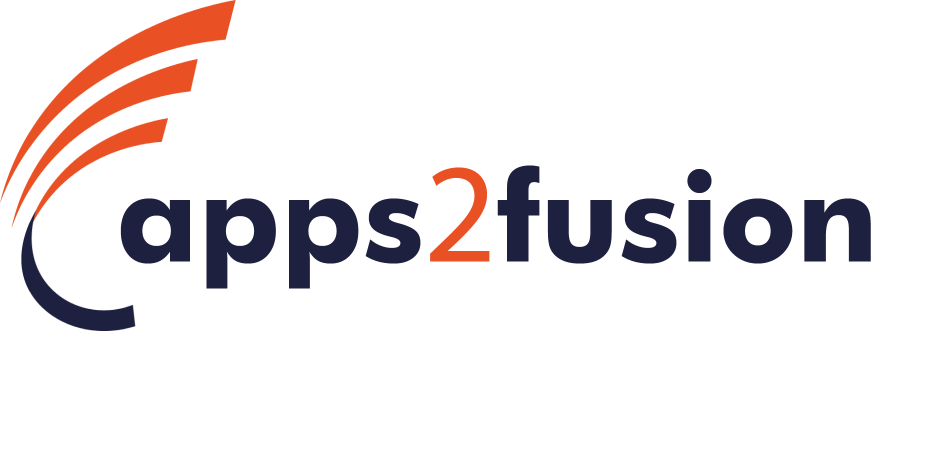Challenges and Best Practices with UK Payroll Implementation – Part 2

Getting Ready for big transformation in payroll implementation
Make sure that we establish a governance structure within the organisation where you monitor the progress as well as set the correct expectation within the team.
1) Discuss your KPI with the SI from the beginning of the program as both teams need to be on the same page.
2) Set the expectation within the team which are the key areas they need to focus on each stage of the program.
3) Define a team owner for each subject area and empower them so that they can make some of the decisions quickly to keep the program moving.
Level up your expertise with Fusion HCM + Payroll Training for EBS HCM & Payroll (Free)
4) Make sure in the initial session your team is more focused on the end-to-end process, do not miss out any process (even it is outside the system). It is important to capture each process because processes drive the system. Down the line when new people join the organisation, they will follow this process to complete the activities.
5) Validate every detail but keep notes in case there is a gap, ensure you cover all process gaps for the next stage, these gaps can then be addressed before hand.
6) Share your demo scenario with the implementation team so they can complete end to end processing, mark each process status.
7) Do not forget about your report discussions, the sooner you submit the requirement the sooner it will be available for testing and can be refined.
8) Remember you are implementing an ERP system so make sure cross module team members talk to each other and take necessary decisions together to achieve the common objective.
9) Do not forget to define the entry and exit gate for each stage. This will help both parties to monitor the progress of the overall program.
How to approach system demonstration
Make sure you plan your session in advance and involve all your key team members, remember these are the people who are going to manage the system moving forward. Take their necessary feedback and try to capture the change management information that you need to communicate to the wider community.
1) At this stage it also advisable to bring some senior team members to take their feedback and mitigate any issues which could potentially cause a bigger issue moving forward.
2) After each demonstration session make sure you hold one common session to go through issues that come up during the session and agree on the mitigation plan for each gap that is identified.
3) As per the implementation cycle once the 2nd /3rd Demonstration session is finished your design phase is completed and you should move on to the training and user testing phase. Hence make sure you understand every process clearly in case there is gap that has a mitigation approach.
a. If any gap is identified which requires additional work, please make sure you evaluate the necessity of the functionality at this stage, because late identification of a gap might delay your overall program. As a team you should evaluate if there is a possibility to go-live without an automated solution / via semi-automated process and revisit this again later.
b. Make sure you validate all legislative reporting details, any error with legislative reporting might lead to reputational damage, as well as a fine.
4) Once the demonstration stage is complete, please establish a strong change management process, as any changes after this stage need to be monitored as they will impact the overall configuration, no matter how big or small the change.






